Shoei Hornet X2 Review
For no particular reason, my personal moto-wardrobe has been devoid of a new Shoei helmet for quite some time. Evans gave the new-last-year RF-1200 a fair, if not glowing, review, so when the RF’s 2015 color schemes were released, I put in an order for a Terminus TC-9 model. I wore it for the first time on my way to San Diego for Shoei’s presentation of its new adventure-touring lid, the Hornet X2. When it rains it pours.
Shoei Hornet X2
| Aesthetics | 9.25/10 |
| Protection | 9.0/10 |
| Value | 8.75/10 |
| Comfort/Fit | 9.75/10 |
| Quality/Design | 9.5/10 |
| Weight | 8.75/10 |
| Options/Selection | 8.5/10 |
| Innovation | 9.0/10 |
| Weather Suitability | 9.25/10 |
| Desirable/Cool Factor | 9.0/10 |
| Overall Score | 90.75/100 |
Arriving in San Diego, I deemed the RF a comfortable helmet in need of a few hundred more break-in miles. The cheek pads, though, are too thick for my chipmunk cheeks. So, I’ll be ordering thinner replacement pads (consumers can do the same for free through Shoei’s cheek pad exchange program). Jumping ahead to the end of the day, after wearing the Hornet X2 for the couple-hundred-mile return trip, I arrived home in awe of the Hornet X2. Its fit and comfort levels are off the charts, with no pressure points, no need to swap any padding, a noise level equal to a full-face street lid without a sun visor, and a reduced gap between chin and chin bar.
How’d Shoei achieve such acclaim from a MO editor who’s been sporting an Arai XD4 lid for the last year? That’s what we were in San Diego to find out. Around the corner from the Gorilla Forest at the Mombasa Pavilion inside San Diego’s Safari Park, Shoei’s Matthias Beier gave us the 411 on the company’s newest ADV lid.
Key to the Hornet X2’s user-friendliness is the helmet’s new A-460 visor. Shoei propaganda claims countless hours spent in a wind tunnel perfecting the balance between aerodynamics and traditional visor functionality. It’d be interesting to know how many hours were spent, because Shoei’s aerodynamicists got it right! No matter the freeway speed I was traveling, I experienced none of the lifting effect and/or turbulence associated with a visored helmet at higher speeds.
Working in conjunction with the visor is Shoei’s new CNS-2 face shield. Like the RF-1200, the Hornet X2’s Pinlock EVO-ready face shield features top and bottom supporting ribs for increased rigidness. The shield and its quick-release base plate form a tight seal around the circumference of the shield, but the ratcheting system is sometimes reluctant to change positions. In this regard, I prefer the smooth, ratchetless system of Arai helmets.
The Hornet X2 has an impressive-sounding 11 vents – four intake, seven exhaust. The mouth vent/defroster, dual eyebrow and single visor intakes are all closeable, while the four rear and three neck exhaust vents are not. It’s difficult to determine if a substantial improvement in air distribution exists, but neither can we say that it doesn’t. Honestly, a hot summer’s day inside a full-face helmet is still going to be a hot summer’s day inside a full-face helmet until helmet manufacturers discover a heretofore unknown cooling technology.
We can report, though, that noise levels are definitely on the quiet side. The neck roll at the base of the helmet tugs at larger ears, such as mine, during ingress and egress, but the tradeoff for a quieter ride is worth the inconvenience. Removable ear pads that fill the dead space around the ear further help to reduce wind noise. Each helmet is shipped with a chin curtain that, for those who prefer to use them, is an additional step in reducing internal air turbulence and noise.
The Hornet X2 features many of Shoei’s recent technologies, such as its exclusive multi-ply matrix AIM+ shell construction; a dual-Layer, multi-density EPS liner; the removable, washable, replaceable 3D Max-Dry Interior System II; and the Emergency Quick Release System (EQRS) that allows for the easy removal of cheek pads from an injured rider’s helmet.
Taking all this into consideration, for a base price of $595, including a five-year warranty, the result is this helmet makes you want to go buy an adventure-touring bike if you don’t already have one. It’s not perfect. The ratcheting system is stiff, it might beat up your ears taking it on and off, and $595 is a stiff price to pay when there are more affordable lids available.
However, as a motorcyclist who’s been riding with one rendition of ADV helmet or another since Arai introduced the original XD, the new Hornet X2 has instantly become my go-to ADV helmet of choice.
A former Motorcycle.com staffer who has gone on to greener pastures, Tom Roderick still can't get the motorcycle bug out of his system. And honestly, we still miss having him around. Tom is now a regular freelance writer and tester for Motorcycle.com when his schedule allows, and his experience, riding ability, writing talent, and quick wit are still a joy to have – even if we don't get to experience it as much as we used to.
More by Tom Roderick



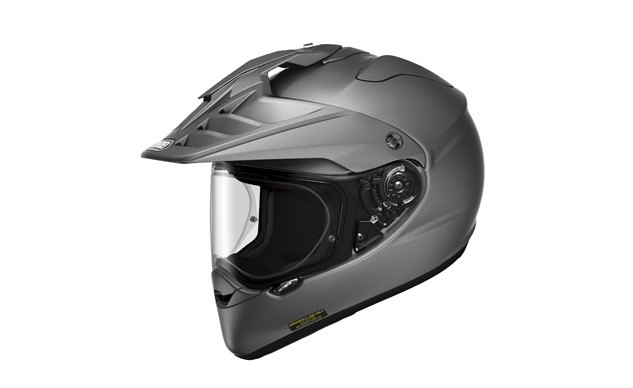

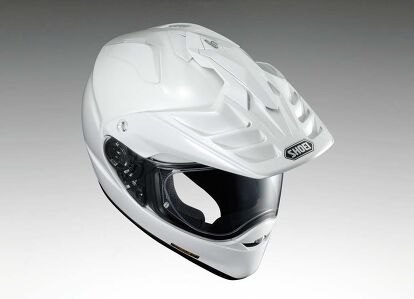

















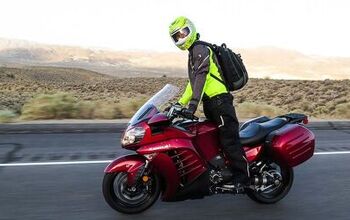
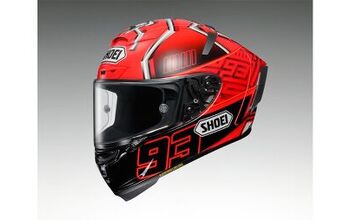

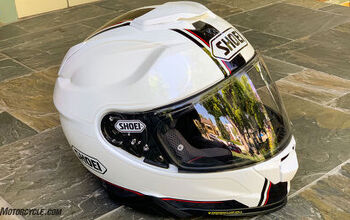












Comments
Join the conversation